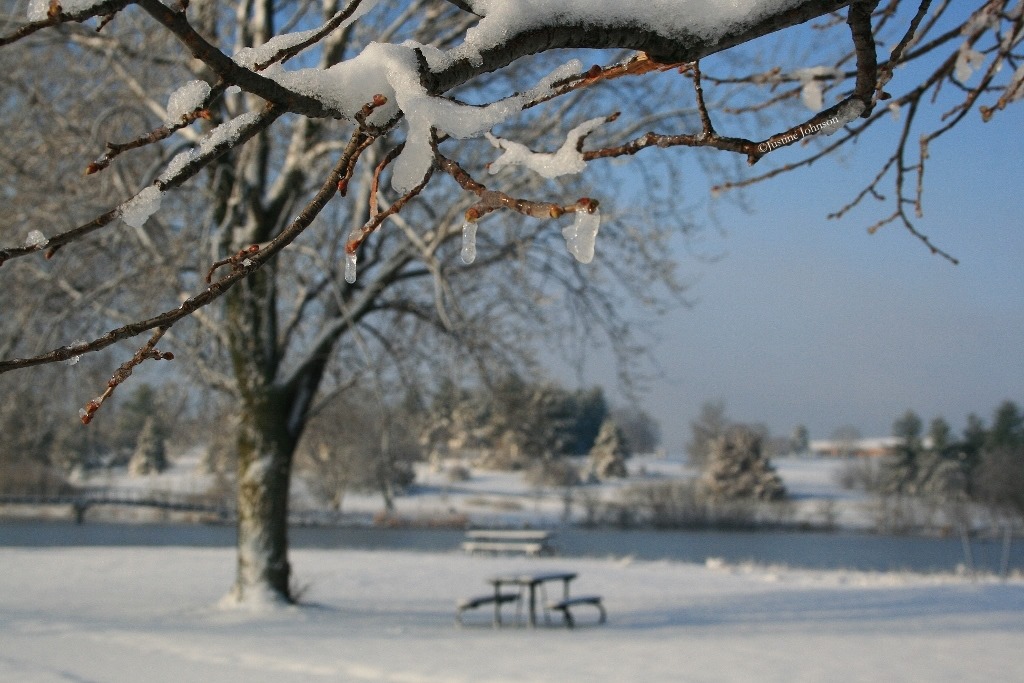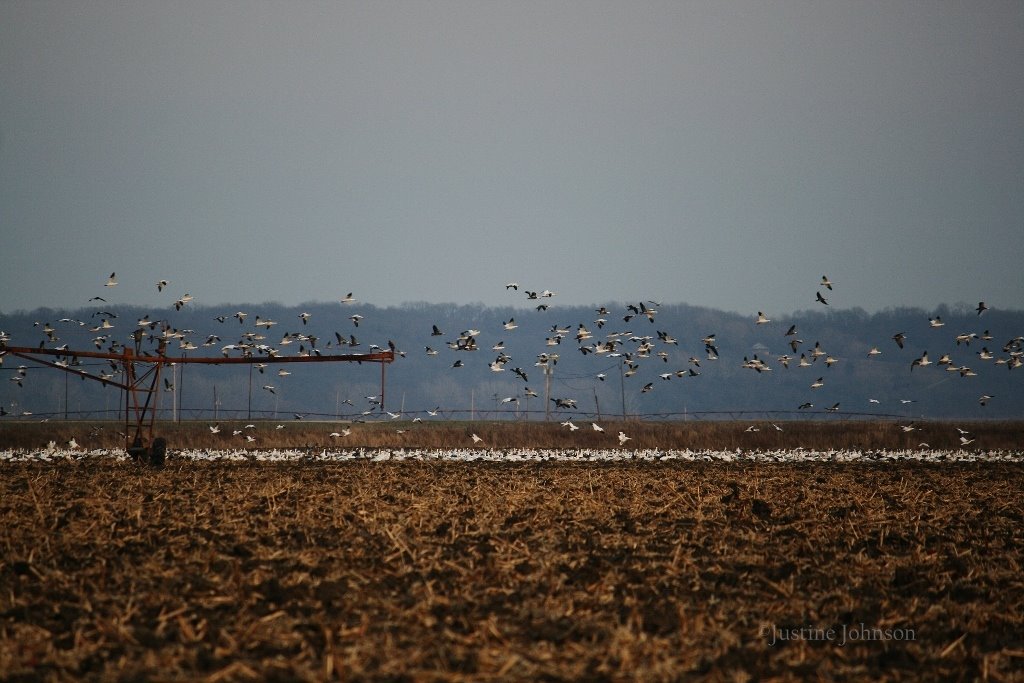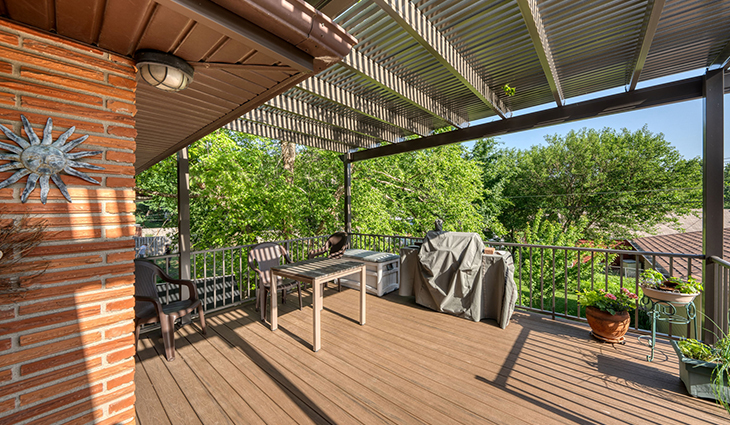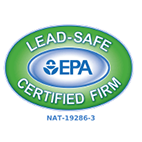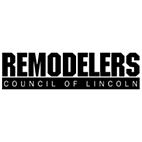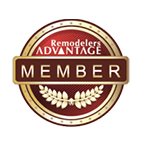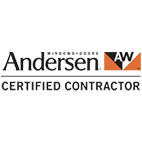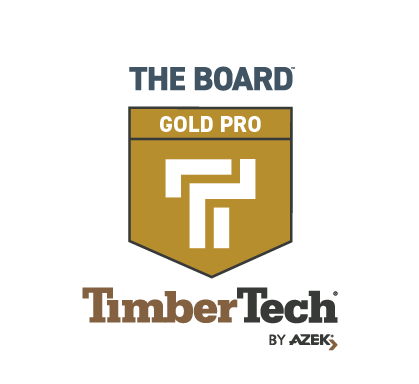Edge Profiles
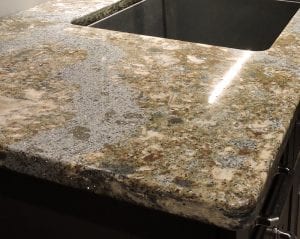
One design element you might not think about is the edge of your countertop. There are a few that are most commonly used, but you actually have more to choose from. In a kitchen (or bathroom) design, the small details set it apart, so don’t overlook this small detail, or leave it to someone else. We’re going to show you some different styles and when they might be more appropriate or useful.
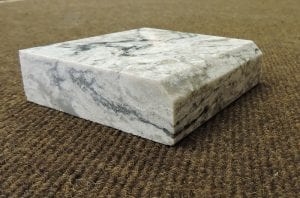
A Bevel edge is a square edge cut along the top at about 45-degrees from the face of the countertop. The angle of the edge can vary, if requested. The bevel is a standard edge and goes well with a contemporary design.
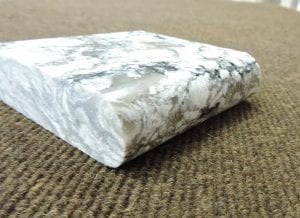
A Bullnose edge is rounded from top to side of your countertop, and then also side to bottom. This adds a soft touch to your counter, rather than a sharper edge. It is a standard edge that will work in any kitchen. The rounded edges make your countertop appear thinner.
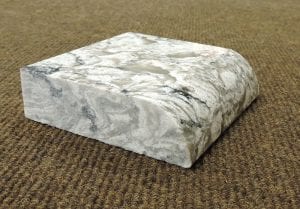
The Demi Bullnose, is when there is a continuous radius from the top to the bottom of the countertop. Your countertop will appear thicker than with a full bullnose. This is a standard edge that goes well with traditional design.
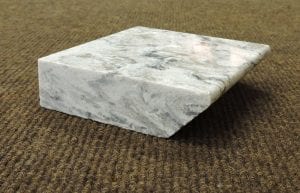
The Bottom Bevel edge flips the angled edge from the top to the bottom of your countertop. This edge gives you the use of the full depth of your countertop while making it easy to sweep off crumbs or giving you more space for accessing lower cabinets.
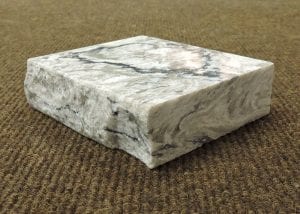
A Chiseled edge gives the edge of the countertop a more natural look. The raw stone is exposed for a rustic appearance.
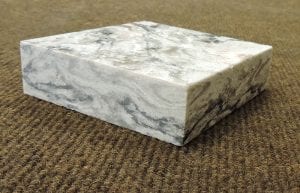
The Flat Polished edge has square corners and a polished face for a clean look. This is good for simple, contemporary designs and is another classic style.
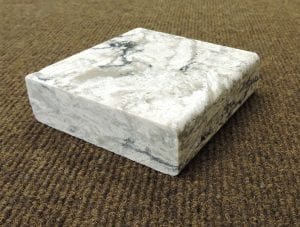
The Eased edge is another standard profile. Also known as quarter round, this edge has just a slight radius for a smooth transition from top to side, as opposed to the bullnose where the edges are rounded completely. This works great in small kitchens, or where there are tight corners or narrow walkways.
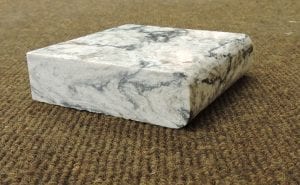
A Double Roundover is similar to the eased edge with a slight radius at the bottom, as well as the top of the edge face.
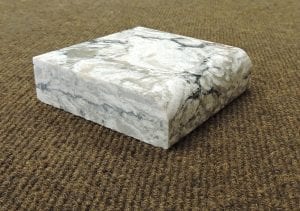
A Half Roundover edge is in between the eased edge and the bullnose edge where the radius extends about half way down the edge face.
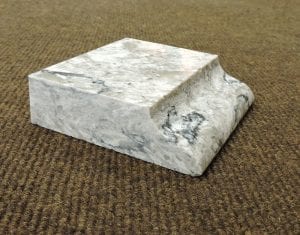
An Ogee edge gives a little more detail to your countertop. There is a concave radius from the top of the countertop that then transitions into a rounded edge at the bottom for an “S” shape. This image shows a large ogee, this edge is best suited for larger kitchens.
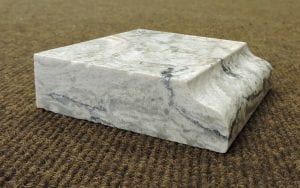
The Small Ogee has a smaller radius near the top of the edge face and curves into more of a bullnose on the lower half of the edge.
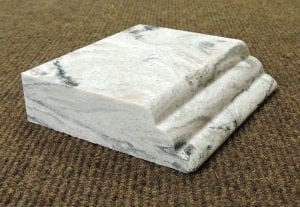
A Waterfall edge has three rounded edges that layer on top of each other. This works well in a larger kitchen due to the amount of detail.
Sidebar
Let’s Talk
Request a no-hassle consultation with our team today.


